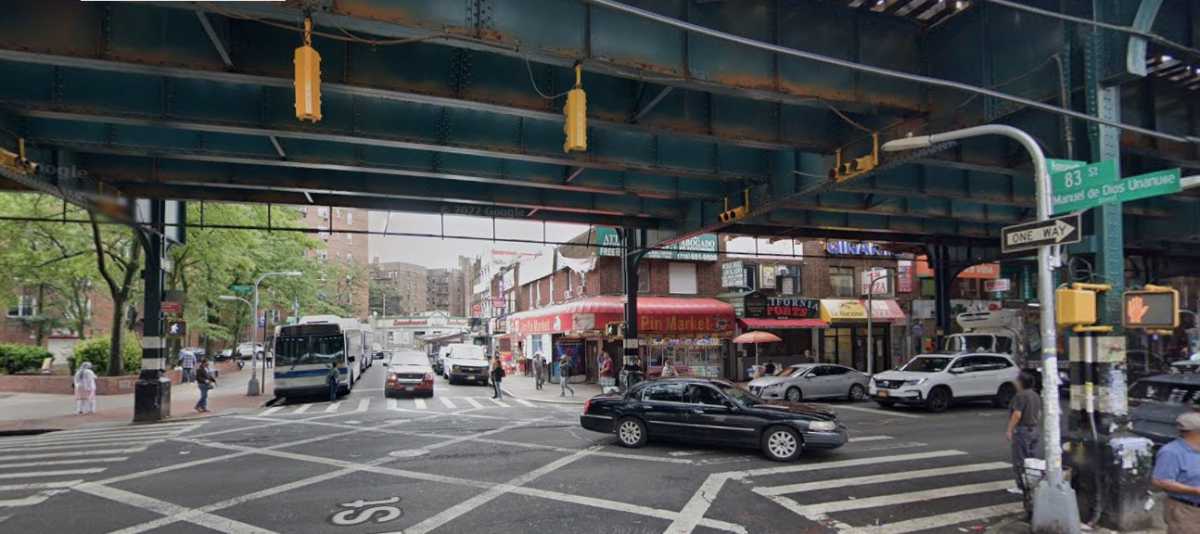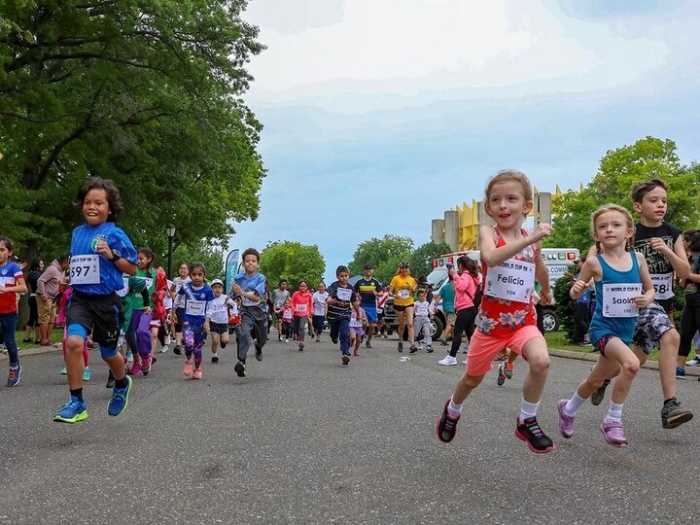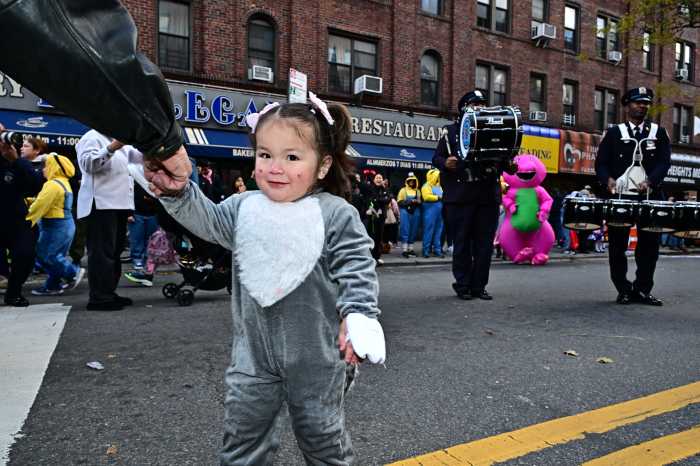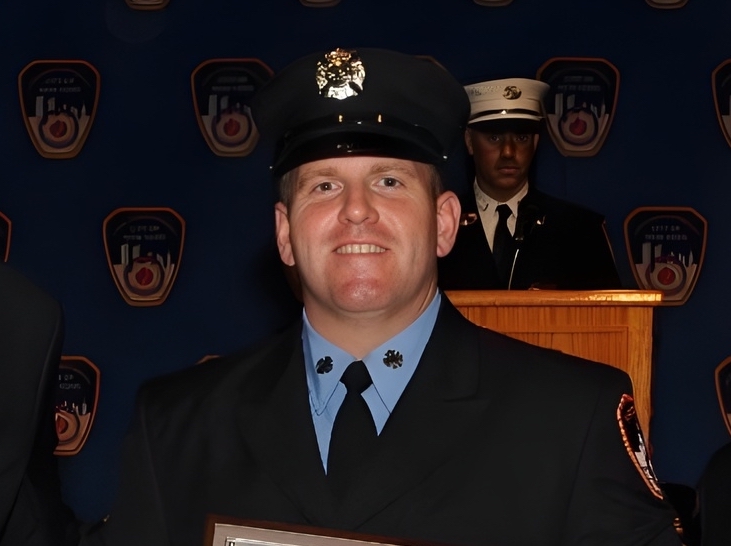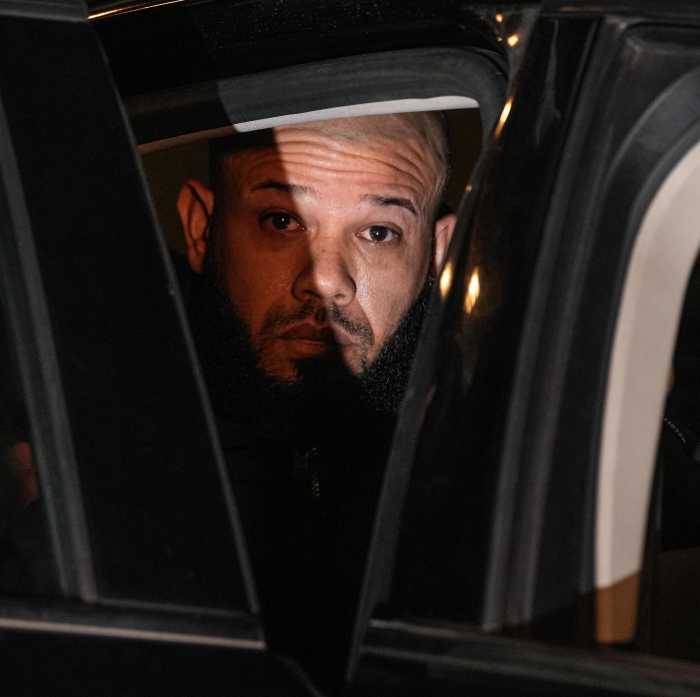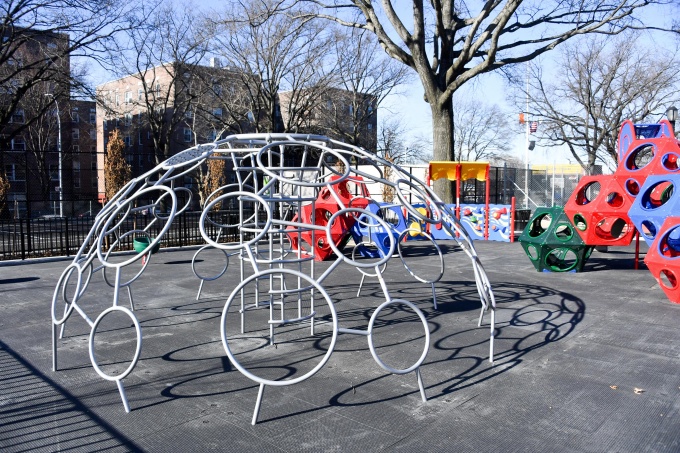
Travers Park Playground (NYC Parks)
May 1, 2019 By Meghan Sackman
Children in Jackson Heights have a limited number of playgrounds, according to a new report released Saturday.
Currently, there are just four playgrounds for every 10,000 children in Jackson Heights and North Corona, according to a report titled the State of Play: A New Model for NYC Playgrounds released by City Comptroller Scott Stringer’s Office.
Community District 3, which includes Jackson Heights and North Corona, is ranked fifth from the bottom out of New York’s 59 districts.
There is only one community district in Queens that fares worse–Community District 9, which covers Richmond Hill, Kew Gardens and Woodhaven. That district ranked third from the bottom in New York, with just three playgrounds per 10,000 children.
The report shows that Queens currently has nine playgrounds for every 10,000 children under the age of 10. By comparison, Manhattan has 15 playgrounds for every 10,000 children under the age of 10, Staten Island 11, the Bronx 10 and Brooklyn eight.
The report also notes that the number of playgrounds has not increased with the growing population of children. For instance, the number of children under 10 years of age in Community District 3 has increased 7 percent from 2010 to 2017.
Stringer, in the report, says the shortgage of playground space can be attributed to the City “ failing to anticipate, prepare, and respond to shifting demographics.”
Many of the playgrounds in Community District 3 are in poor condition, with the report noting that more than 25 percent of them are in an “unacceptable” state. A playground is deemed to be in an unacceptable state if had multiple problems– such as having serious safety issues or failing to be clean.
Out of New York City’s 2,067 public playgrounds, 521 had a “hazardous feature” that requires immediate attention.
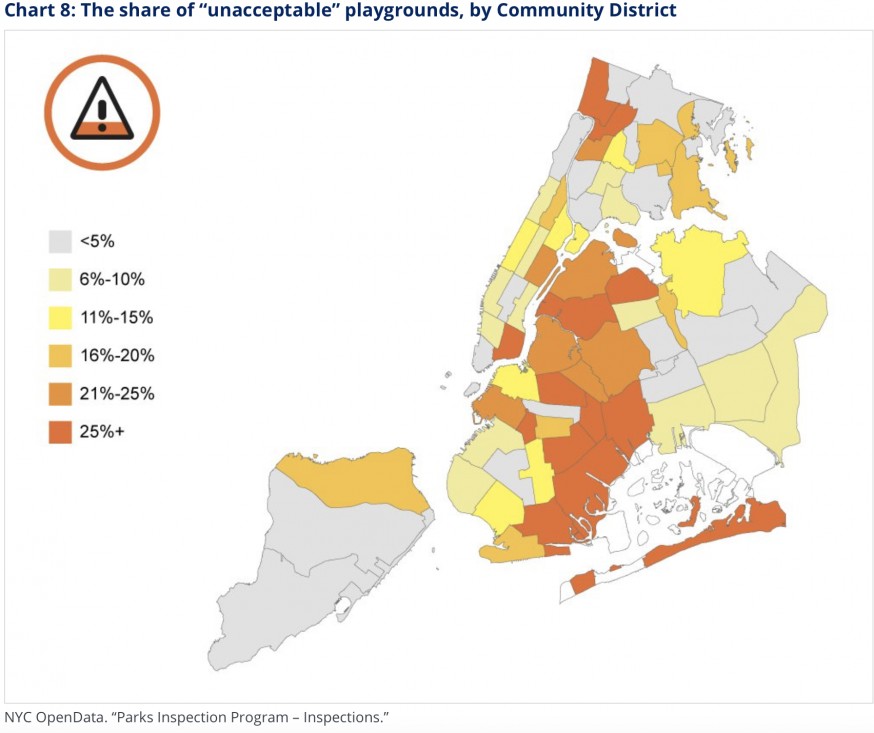
The solution, according to Stringer’s report, is to call on city agencies to join forces and build 200 playgrounds throughout the boroughs over the next five years.
“Playgrounds are essential public spaces, offering children a place to socialize, learn, be active, and exercise their imaginations,” Stringer said. “That’s why our City needs to overhaul the planning, construction, and maintenance of our playground system.”
Stringer’s report puts forward some ideas the city could adopt to increase the number of playgrounds. It includes a “Pavement to Playground” program, which would involve building playgrounds on dead end streets–or streets with minimal traffic–mid block.
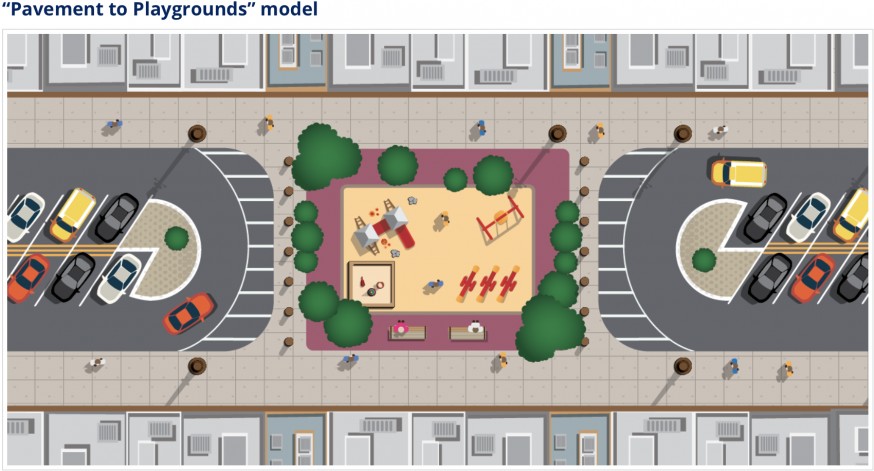
(City Comptroller Stringer’s Office)
The report also suggests expanding the Schoolyards to Playgrounds program—which is a partnership between NYC Parks, the School Construction Authority and other city agencies–that transforms unused schoolyards into playgrounds accessible to students as well as the public after school hours.
Stringer says the city could produce 100 playgrounds in the next five years through this program.
The Parks Department said that it is trying to address the shortage of playgrounds in the city. It notes that Mayor Bill de Blasio has put $318 million toward the Community Parks Initiative, a program that is funding the upgrade of 67 city parks/playgrounds in primarily lower income areas.
“By investing in playgrounds, we are investing in the future of our children. This administration is reconstructing 10 playgrounds in Queens that haven’t seen repairs in more than two decades—part of the Mayor’s robust playground reconstruction program, the Community Parks Initiative,” a NYC Parks spokesperson said in a statement.

